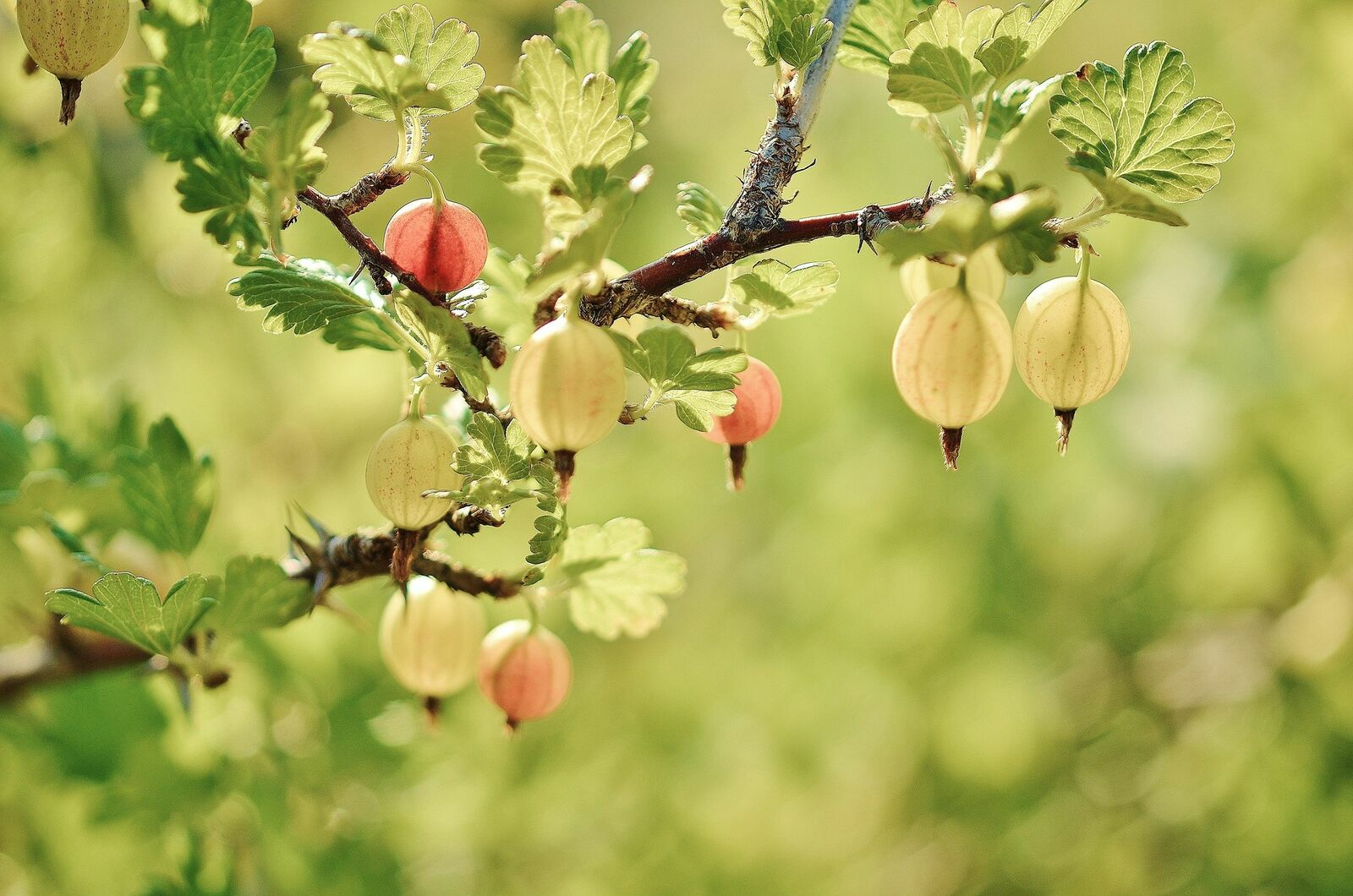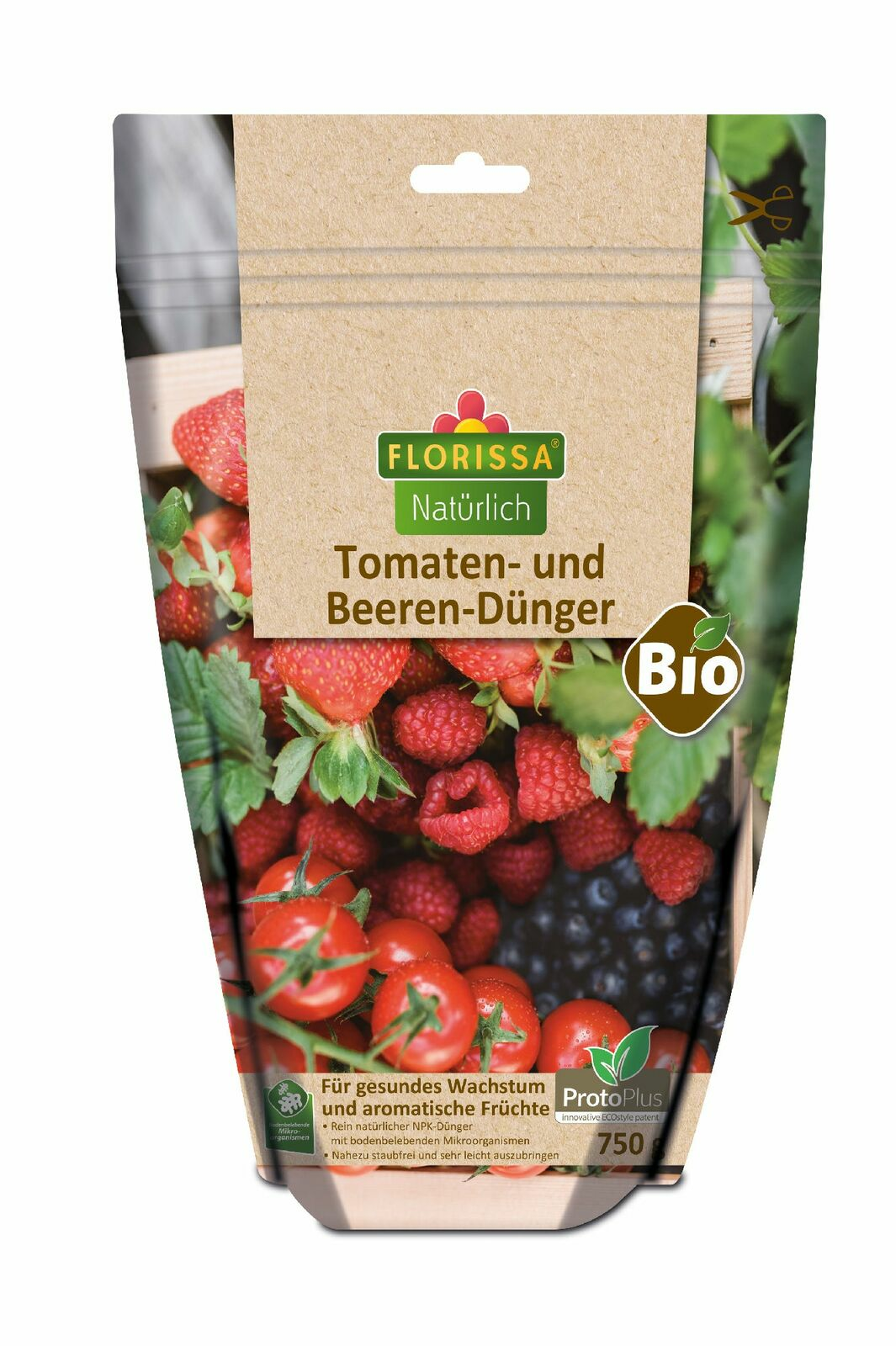Cutting gooseberries: A guide
Pruning berry bushes: Good reasons for pruning
To ensure that berry bushes continuously produce a good harvest and remain healthy, you should prune them regularly and thus rejuvenate them. This is because they usually produce the most aromatic berries on the one to three-year-old shoots. By thinning out with pruning, you also ensure sufficient light and air circulation, which helps to keep diseases at bay.
When to prune gooseberries?
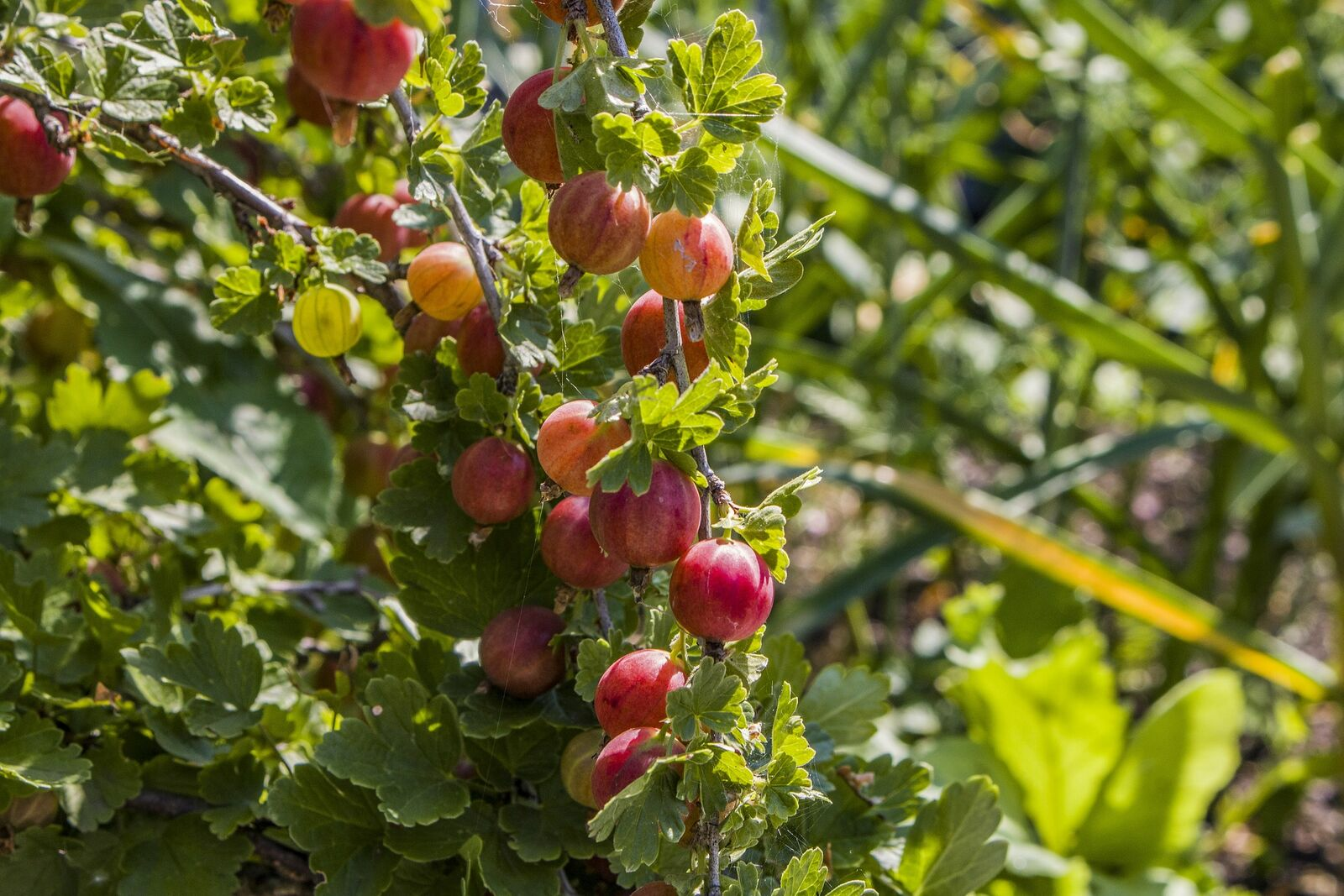
You can prune gooseberries after the harvest in summer/autumn or in late winter. However, prune your bushes before new shoots and buds appear, otherwise your harvest will suffer. Pruning should therefore be done by the end of February at the latest. You should also only prune your gooseberry bushes on dry days, otherwise fungal diseases will take hold on your gooseberries more quickly.
Pruning gooseberries: Summer pruning
The main pruning of gooseberries takes place in summer/autumn after the harvest or in late winter (February). In spring or early summer, between May and June before harvesting, you can only carry out further pruning if necessary. You can remove overhanging, diseased, broken, flat shoots to ensure better exposure of the fruit and increased bud formation. You will also make harvesting easier if your branches have enough space between them.
Pruning gooseberry bushes: General tips

You should prune your gooseberry bush every year after the harvest or in late winter. Cut the shoots back to the base so that no stumps remain. Diseases quickly occur at these points. Alternatively, you can leave about 5 cm of the shoot with a few eyes if you want to stimulate the formation of new shoots on this branch.
Pruning gooseberry bushes: how to do it
- Remove shoots that are too close to the ground or that are 4 years old or older. - Leave 3 - 8 one to three-year-old side shoots, as they will bear the most fruit in the coming year. - Leave 3 - 8 shoots that were new and well-formed in the previous year, as they will provide your harvest in the coming years and replace the older shoots. - Generally shorten shoots by about a third. Make sure that the blade of your shears is sharp and clean. Clean and smooth cuts heal faster and offer less risk of disease.
Gooseberry: Pruning the standard stem
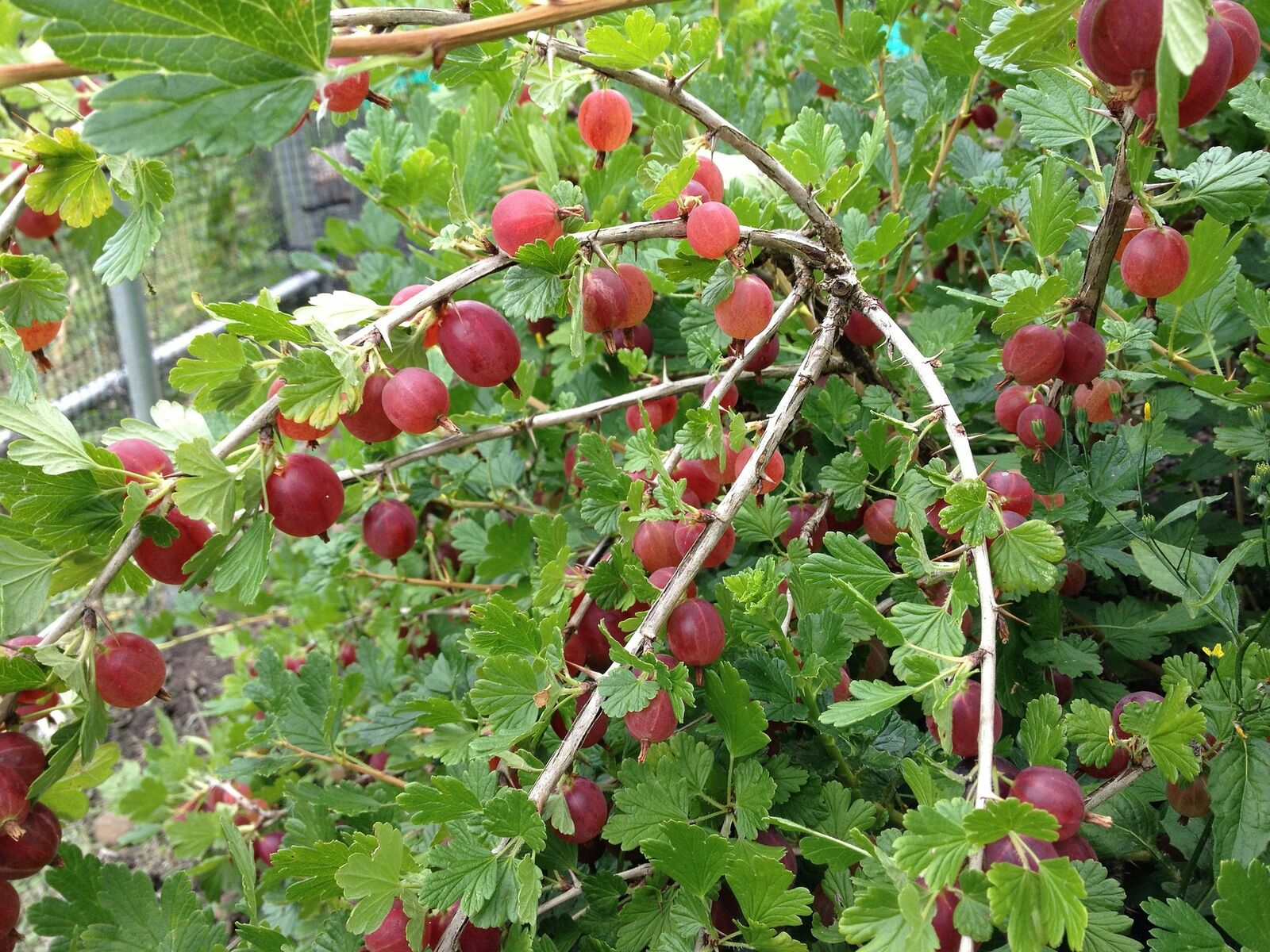
Gooseberry trees that have been trained as standard trees are pruned like gooseberry bushes every year, preferably in winter. The following should be pruned: - Branches that hang down heavily, up to about halfway - Branches that are too close together or overlap & shoots that grow inwards - Branches that are older than 4 years and on which no more new shoots are growing - Keep 3 - 5 new shoots and the same number of two to three-year-old shoots.
Pruning gooseberry columns
As with standard gooseberries, the aim of pruning columnar gooseberries is to maintain their shape. All branches that protrude strongly from the columnar fruit are cut off. Ground shoots are also cut off as they compete with the columnar trunk. Young shoots from the previous year are also left here as long as there are no more than 3-6. Older shoots are cut back to 2-3 eyes.
Propagate gooseberries
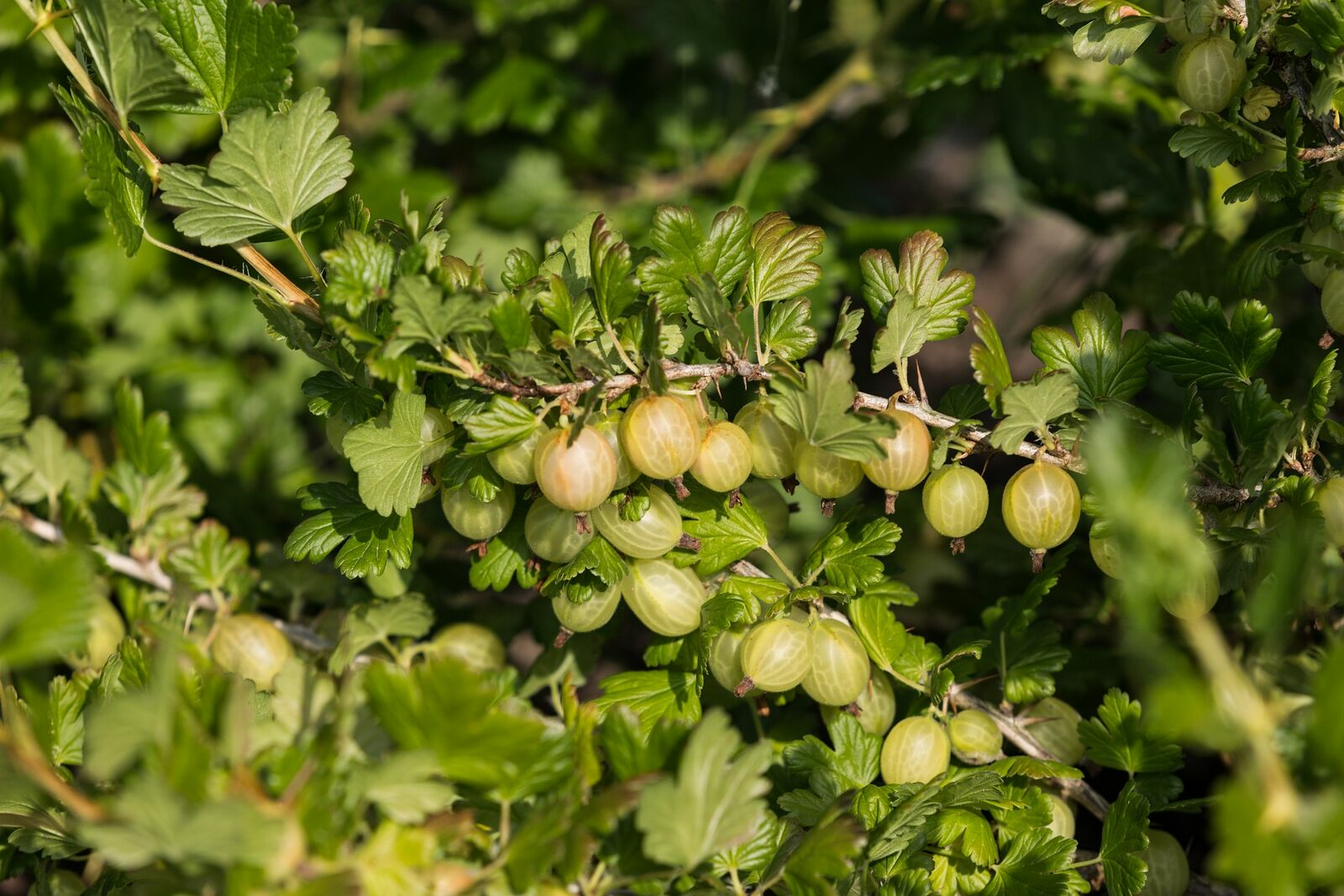
You can also easily propagate your gooseberries by cutting them. To do this, take one-year-old shoots that you have cut off and place them in potting compost or directly in your garden. These should be approx. 20 to 30 cm long. About 3 - 4 eyes of the shoot should be above the soil. Water the shoots a little. They should then be watered regularly so that they grow quickly.
